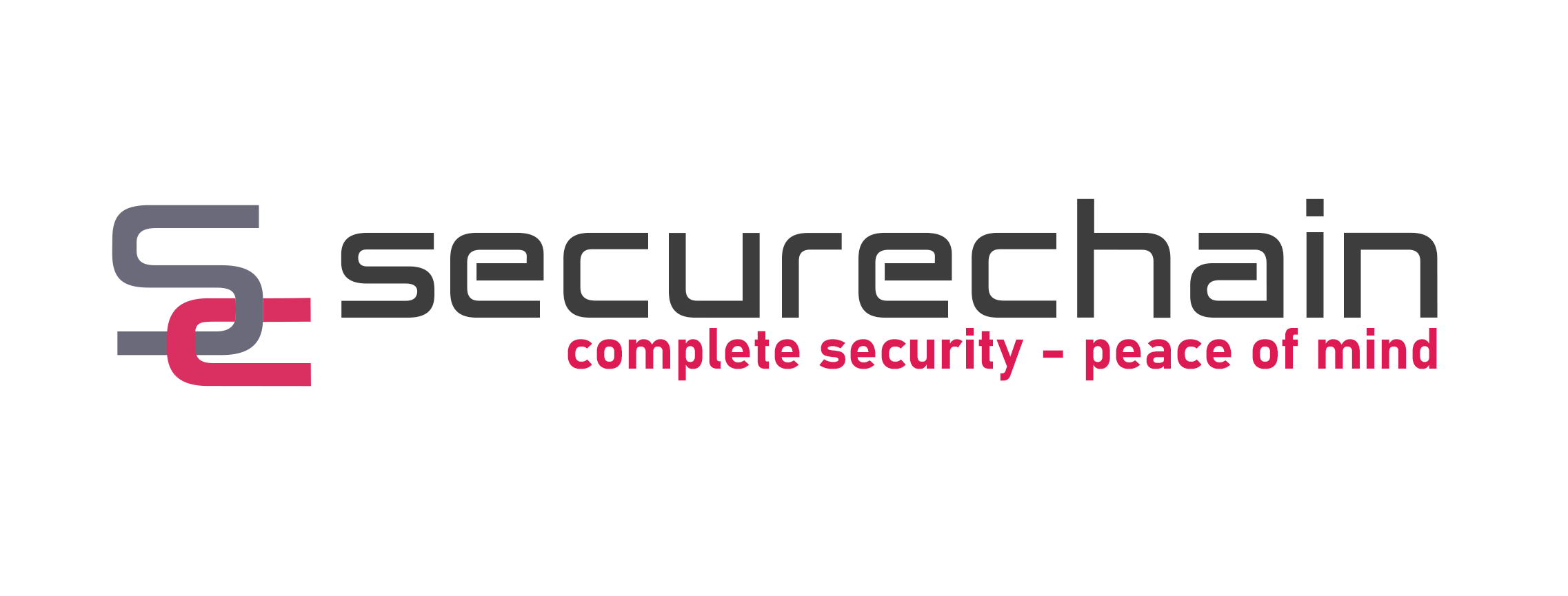The healthcare sector is one of the most vital and vulnerable sectors in the world, as it deals with the health and well-being of millions of people. However, it also faces a growing number of cyber security threats, as cybercriminals target the sensitive and valuable data and systems that healthcare organizations possess. In 2024, the healthcare sector will face several cyber security challenges, such as:
Ransomware Attacks
Ransomware is a type of malware that encrypts the victim’s data and demands a ransom for its decryption. If the ransom is not paid, the data may be deleted or leaked online. Ransomware attacks can cause significant disruption, reputational damage, and financial losses for healthcare organizations. For example, in 2023, the Irish Health Service Executive (HSE) suffered a major ransomware attack that affected its IT systems and disrupted its services for weeks1.
Ransomware attacks are expected to increase in 2024, as cybercriminals use more sophisticated and targeted techniques, such as phishing, exploiting vulnerabilities, or compromising third-party service providers. Some ransomware variants also have the ability to spread across the network and infect other devices, such as backups, servers, or cloud services.
To prevent ransomware attacks, healthcare organizations should implement the following measures:
- Keep all systems and software updated and patched to fix any security flaws.
- Use antivirus software and firewalls to block malicious files and traffic.
- Backup data regularly and store it offline or in a separate location.
- Educate staff on how to spot and avoid phishing emails and malicious attachments or links.
- Do not pay the ransom, as this does not guarantee the recovery of the data and may encourage further attacks.
Data Breaches
Data breaches are incidents where unauthorized parties access, copy, or disclose confidential or sensitive information, such as personal data, medical records, or financial information. Data breaches can result in identity theft, fraud, blackmail, extortion, or legal actions for healthcare organizations. For example, in 2023, a data breach at a US fertility clinic exposed the personal and medical information of more than 38,000 patients2.
Data breaches are likely to continue in 2024, as cybercriminals exploit various sources of information, such as social media, websites, or public records, to craft convincing and relevant attacks that target specific individuals or organizations. Data breaches can also occur due to human errors, such as losing devices, misconfiguring settings, or sharing passwords.
To prevent data breaches, healthcare organizations should implement the following measures:
- Use encryption, authentication, and access control to protect data at rest and in transit.
- Monitor and audit the use and performance of data systems and applications, and ensure they comply with ethical and legal standards and regulations.
- Train and educate staff on the best practices and policies for handling and storing data, and how to recognise and report any suspicious or unusual activities or behaviours.
- Implement a data breach response plan that outlines the roles and responsibilities, procedures, and communication channels for dealing with a data breach.
IoT Security
The Internet of Things (IoT) refers to the network of physical devices, such as sensors, cameras, or wearables, that are connected to the internet and can collect and exchange data. IoT devices can offer many benefits for healthcare, such as improving patient care, enhancing operational efficiency, or enabling remote monitoring. However, IoT devices can also pose significant security risks, as they can be hacked, manipulated, or compromised by cybercriminals. For example, in 2023, a security researcher demonstrated how he could remotely control an insulin pump and deliver a potentially lethal dose of insulin to a patient3.
IoT security will be a major challenge in 2024, as the number and diversity of IoT devices in healthcare will increase, creating more entry points and vulnerabilities for cyberattacks. IoT devices can also have weak or default passwords, outdated or unpatched software, or poor encryption, making them easy targets for hackers.
To prevent IoT security issues, healthcare organizations should implement the following measures:
- Use secure and standardized protocols and platforms for IoT devices and networks, and avoid using public or unsecured networks or devices.
- Update and patch IoT devices and software regularly to fix any security flaws or bugs.
- Use strong and unique passwords for IoT devices and accounts, and change them frequently.
- Segregate IoT devices from other critical systems and networks, and limit the access and privileges of IoT devices and users.
- Monitor and audit the use and performance of IoT devices and networks, and detect and respond to any anomalies or incidents.
The healthcare sector is facing a growing number of cyber security challenges in 2024, as cybercriminals target the sensitive and valuable data and systems that healthcare organizations possess. Healthcare organizations should be aware of the types of cyberattacks that are common, such as ransomware, data breaches, and IoT security issues, and take proactive and preventive measures to protect themselves and their patients from cyber harm. Healthcare organizations should also have a robust and comprehensive cyber security strategy and policy, and a dedicated and qualified cyber security team or partner, to ensure they are prepared and resilient in the face of cyber challenges.
Secure Chain can offer your business the support it needs to ensure you are as protected against these types of attacks





